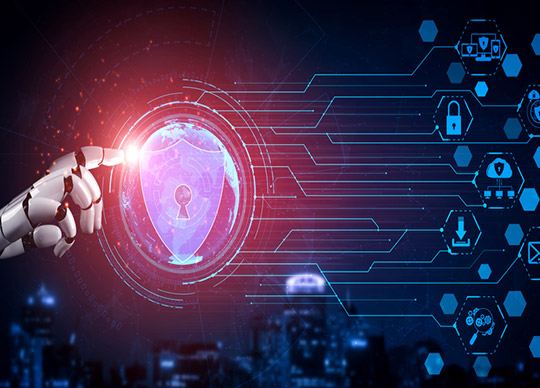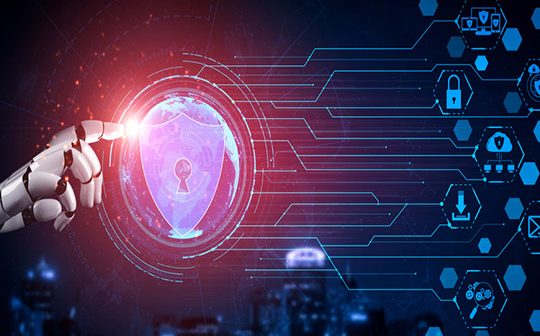
Australia’s threat landscape is constantly evolving and increasing in complexity. Continued digital innovation, technological developments, and the introduction of 5G, coupled with the challenges of accelerated remote working practices and a growing cybersecurity skills gap, have collectively exacerbated the challenges that CISOs face in terms of protecting their companies’ digital assets.
As CISOs assess their cybersecurity posture, it’s essential that they consider how to leverage new and emerging technologies to best protect their infrastructure. There have been significant developments in the artificial intelligence (AI) space that make it an increasingly strategic investment. However, it can be challenging for CISOs to cut through the hype and understand which AI-based solution is best suited to their organisation.
Corne Mare, chief information security officer, Fortinet, said, “The continued investment in digital innovation and development is one of the key factors in maintaining an advantage over competitors. AI-driven solutions have been commonplace for some time now but determining which solution is best for an organisation can still be a hurdle for many CISOs.
“It’s not enough to simply incorporate AI-driven solutions into a security strategy. CISOs must also be able to assess the company behind the solution and ensure it has the appropriate knowledge, skills, and resources to operationalise it. Adequate access to actionable threat intelligence is equally critical. It’s easy for technology companies to promote their AI solutions and claim they are AI-driven. CISOs should only engage companies that can strongly back up these claims and demonstrate proven experience to provide the best defence and strategy for their organisation.”
AI-driven solutions on their own may not be effective enough to secure an organisational environment. However, enhancing AI solutions with machine learning, augmented intelligence, and analytics capabilities, among others, lets CISOs create a much stronger cybersecurity ecosystem for their organisation.
Corne Mare said, “As technological advancements see AI-driven solutions increase in their capabilities and complexities, so too do the capabilities of cybercriminals. To reinforce a robust cybersecurity ecosystem, CISOs must develop strategic, proactive cybersecurity approaches that leverage AI-driven solutions to act on threat intelligence. Integrating other smart, digital solutions will help to deliver timely, accurate information that organisations can use to help prepare and protect their assets.”
In addition to leveraging solutions like augmented intelligence, analytics, and machine learning combined with AI, CISOs should consider resourcing their IT and security teams with the right people to strengthen their security strategy. However, there are also opportunities for CISOs to leverage their AI-driven security solutions to close the cybersecurity skills gap and mitigate resourcing challenges.
Corne Mare said, “Developing a robust cybersecurity posture for an organisation often requires investing in a wide variety of technologies and tools to defend against threats. While IT is a very skilled workforce, employees can be stretched thin in organisations trying to manage a large volume of digital solutions in addition to their daily responsibilities. However, CISOs can improve efficiencies and strengthen their security operations by leveraging AI solutions and tools, particularly those with built-in automation and integration, to alleviate the pressure on IT teams without reducing the effectiveness of the security strategy.”






